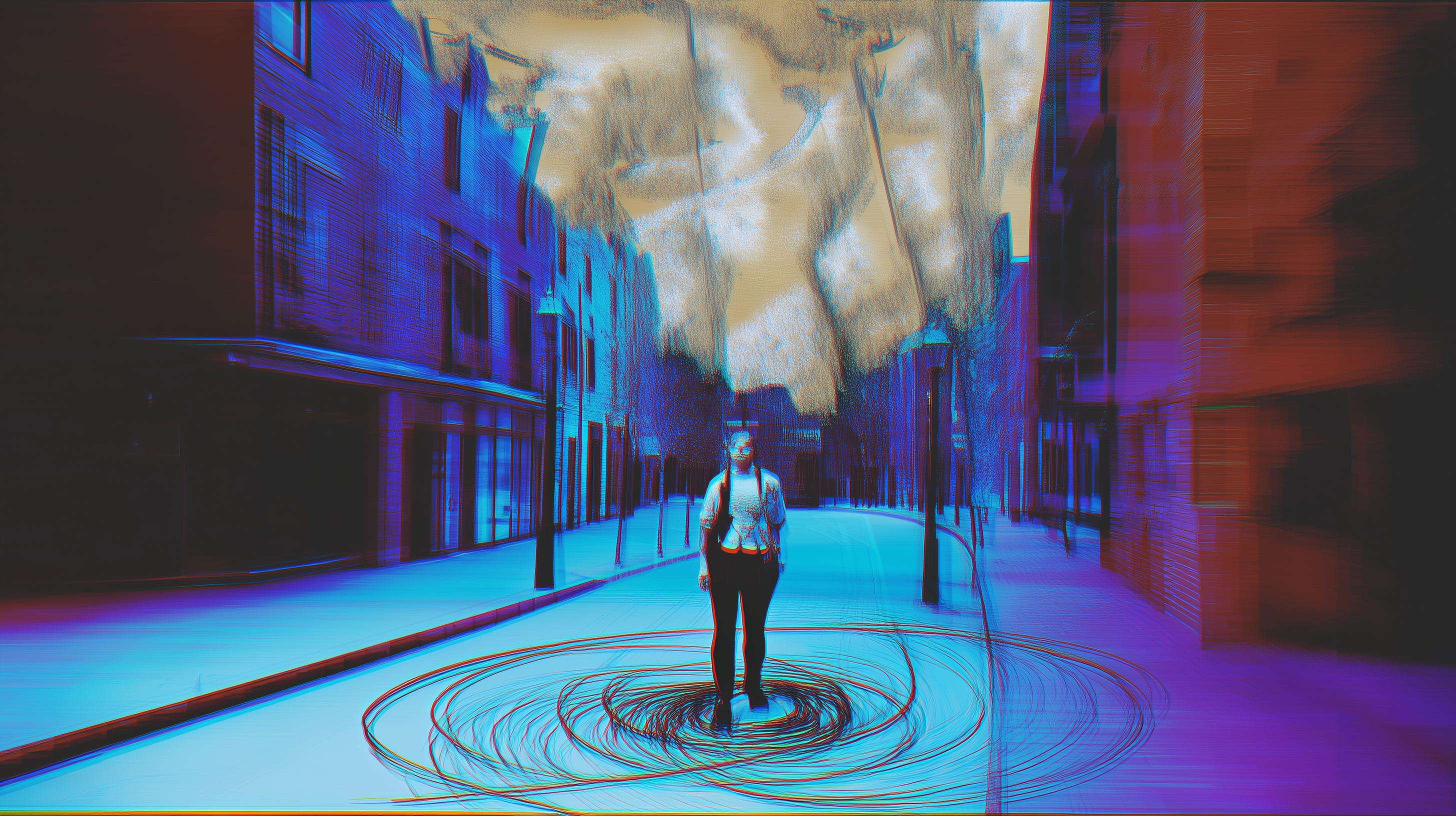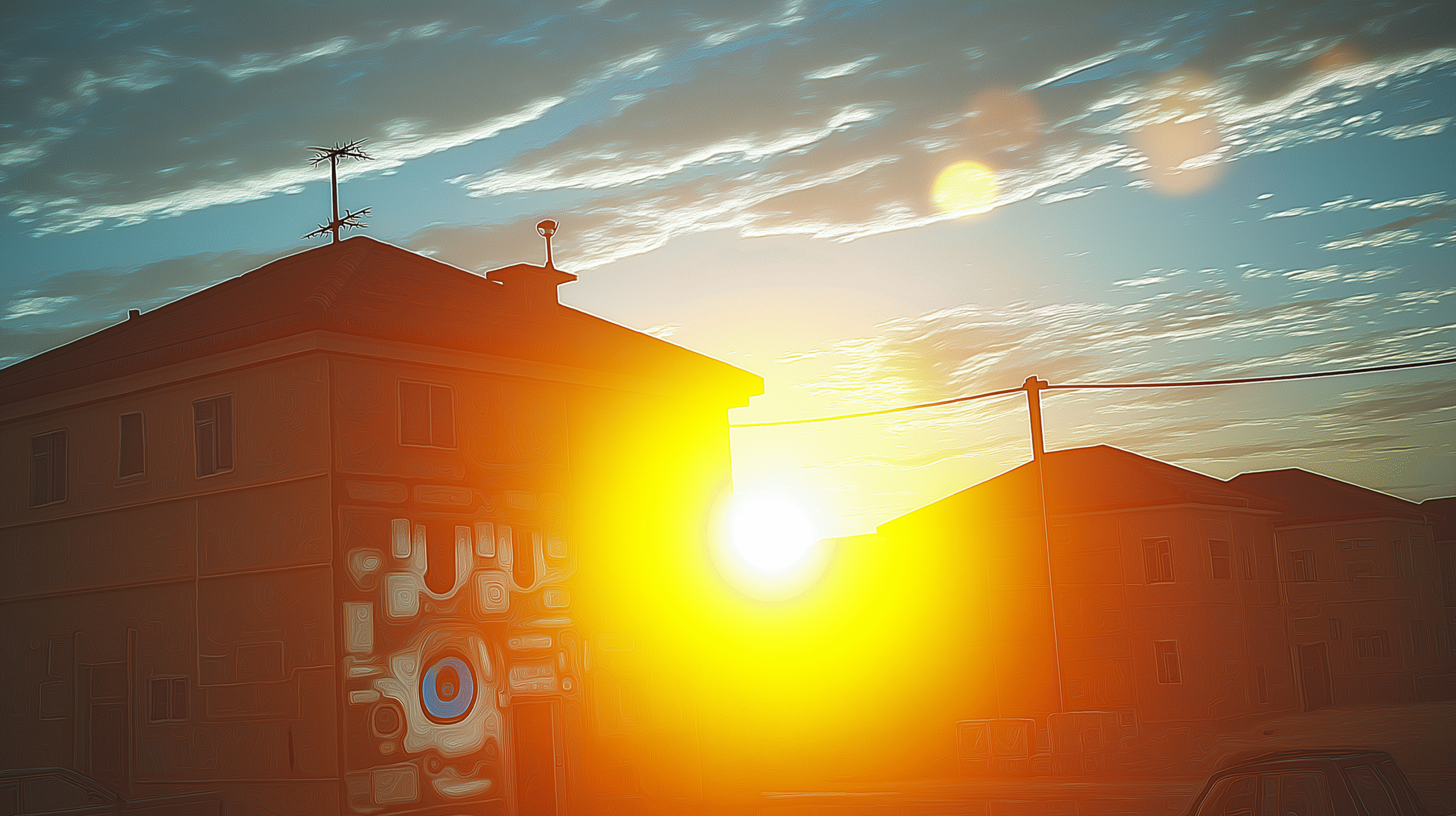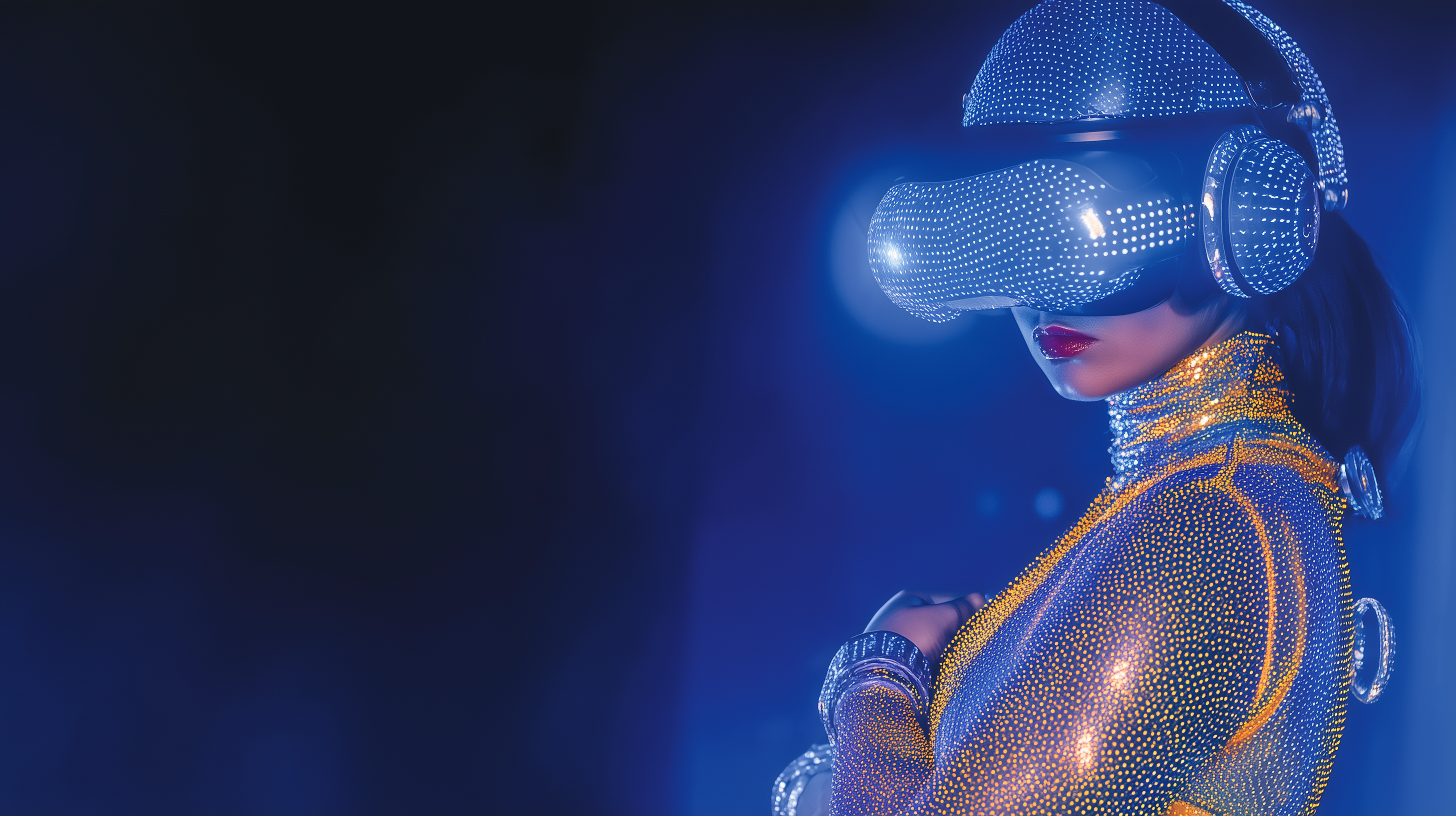
The Moment You Forgot Might Have Been Deleted on Purpose
Author: Isla Rey Some moments vanish quietly. You glance at the clock, it’s 3:12. You blink, stretch, check again and

Author: Isla Rey It was one of those sunsets that didn’t feel natural. You know the kind. The clouds were arranged like brushstrokes, evenly spaced, slightly glowing at the edges like someone had added a light bloom effect. The gradient from tangerine to soft lavender was so smooth, it felt algorithmic. The shadows stretched just […]
Author: Isla Rey
It was one of those sunsets that didn’t feel natural. You know the kind. The clouds were arranged like brushstrokes, evenly spaced, slightly glowing at the edges like someone had added a light bloom effect. The gradient from tangerine to soft lavender was so smooth, it felt algorithmic. The shadows stretched just the right amount to give everything a quiet drama.
I stood there, completely still. It didn’t feel like watching nature, it felt like watching a scene. Like I had reached a checkpoint and the game wanted to reward me with something beautiful.
At first I brushed the thought off. Everyone has moments where the world feels surreal. But this one stuck. It felt too timed. Too rendered. And I started thinking about all the other times things hadn’t quite lined up.
Like the time I looked at my phone at exactly 11:11 for three days in a row. Or the weird repeating dream I had of a hallway I’d never seen, until I walked into it by accident, five years later, in a building I had never entered before. Or the strangers who say just the right thing at the right moment, as if they were dropped in like lines from a script I didn’t know I was reading.
It got me wondering. Maybe it’s not all just coincidence. Maybe the world isn’t broken. Maybe it’s coded.
Simulation theory suggests that we’re not in base reality, but inside something built. A construct. Like an incredibly advanced video game run by a civilization far beyond our own. Sounds far-fetched, sure, but the more you look at the details, the more it starts to feel like a possibility we’ve been brushing against our whole lives.
Take the fact that our universe has rules. Constant rules. Gravity, light speed, Planck length. All fine-tuned like settings in a physics engine. And the strangest part? Physics breaks down at the quantum level. Reality flickers. Particles act like waves until you measure them, then snap into place like pixels loading only when observed.
That’s not poetry. That’s real physics. It’s called the observer effect. And it’s eerily similar to how a simulation would conserve resources, only loading details when someone’s looking.
Another thing: people have reported the exact same near-death experiences across cultures. The white tunnel, the out-of-body perspective, the instant replay of life. That uniformity shouldn’t happen unless something about the structure of the experience is standardized. Like code executing the same subroutine under pressure.
And then there are the glitches. The people who vanish and reappear in crowds. The missing time. The cats that walk by twice in the exact same way. Maybe they’re coincidences. Or maybe they’re rendering errors.
When I think about all this, the sunset that evening feels different. Less like nature, more like a moment crafted. A beautiful distraction or maybe a gentle reminder.
If it’s a simulation, then that sunset wasn’t meaningless. It was designed. Which means someone, or something, wanted me to stop and stare. Maybe it wanted me to feel awe. Or maybe it wanted me to start asking questions.
Either way, it worked.
I still took the photo. I still gasped. I still posted it with a caption about how “unreal” it looked. Which, now that I think about it, might have been the most honest thing I’ve ever said.

Author: Isla Rey Some moments vanish quietly. You glance at the clock, it’s 3:12. You blink, stretch, check again and

Author: Isla Rey Abstract Coincidences, those improbable alignments of events that seem too precise to be mere chance, have long